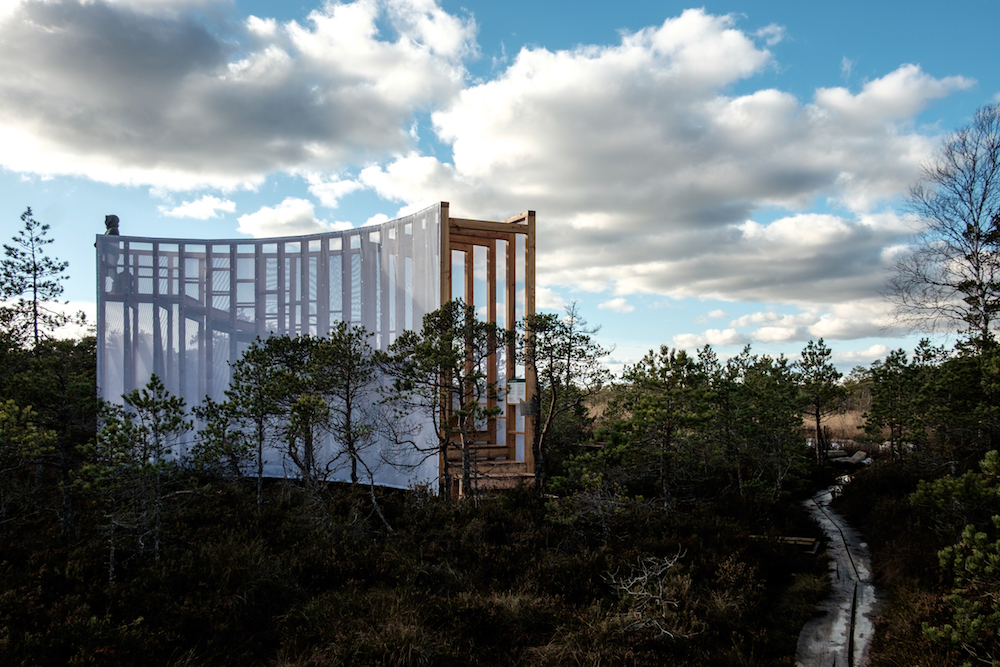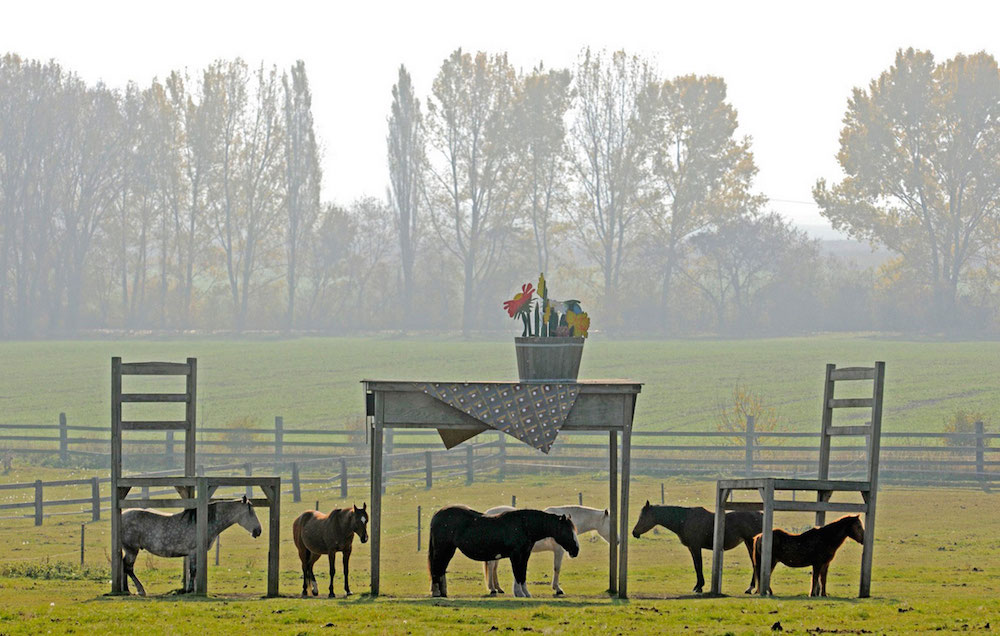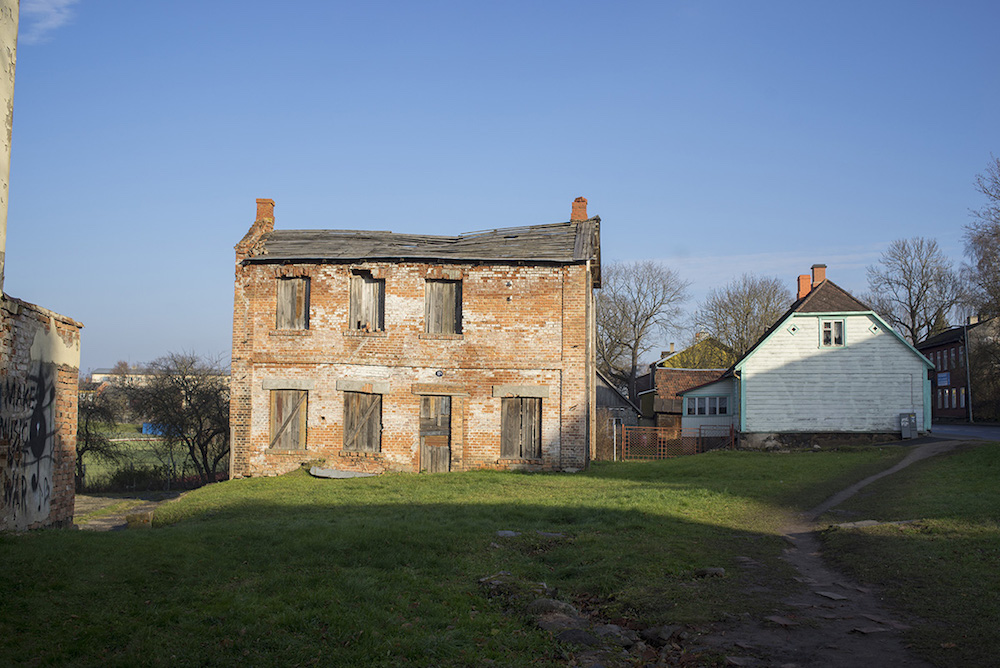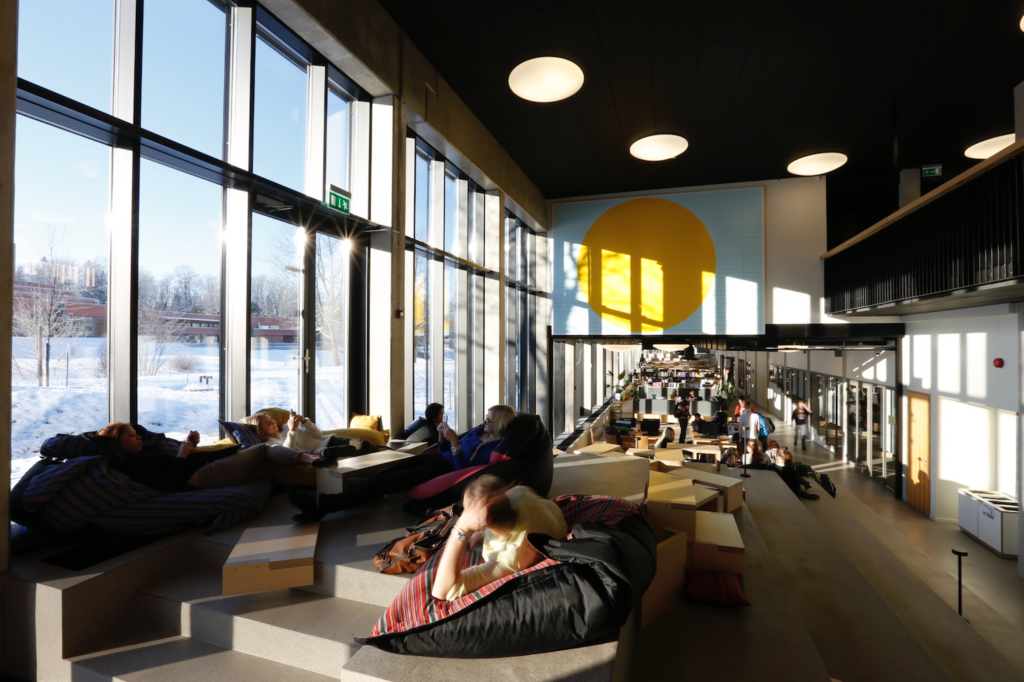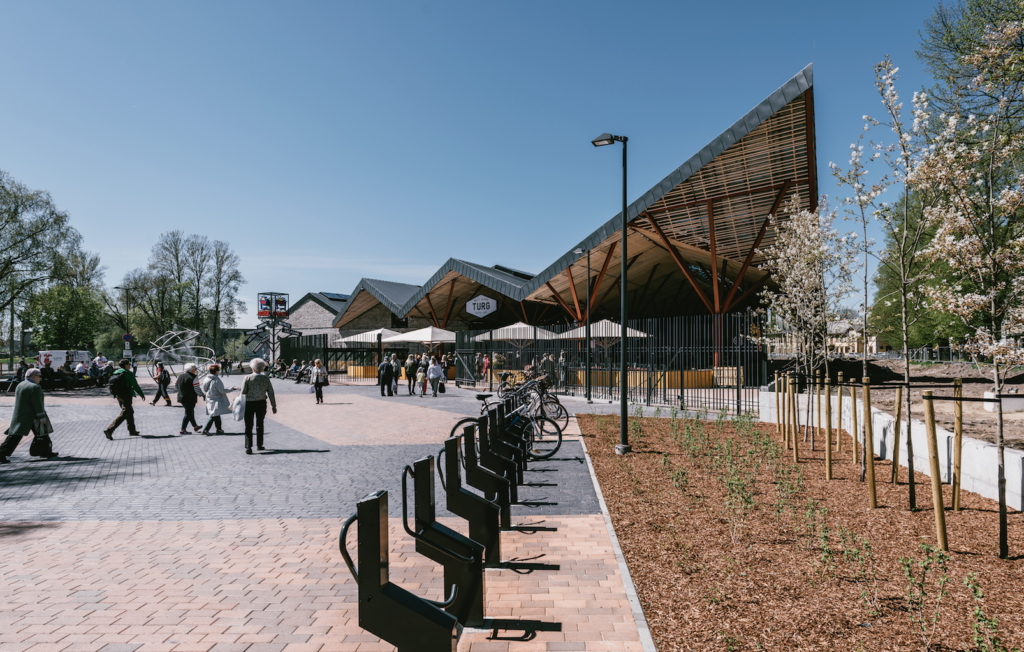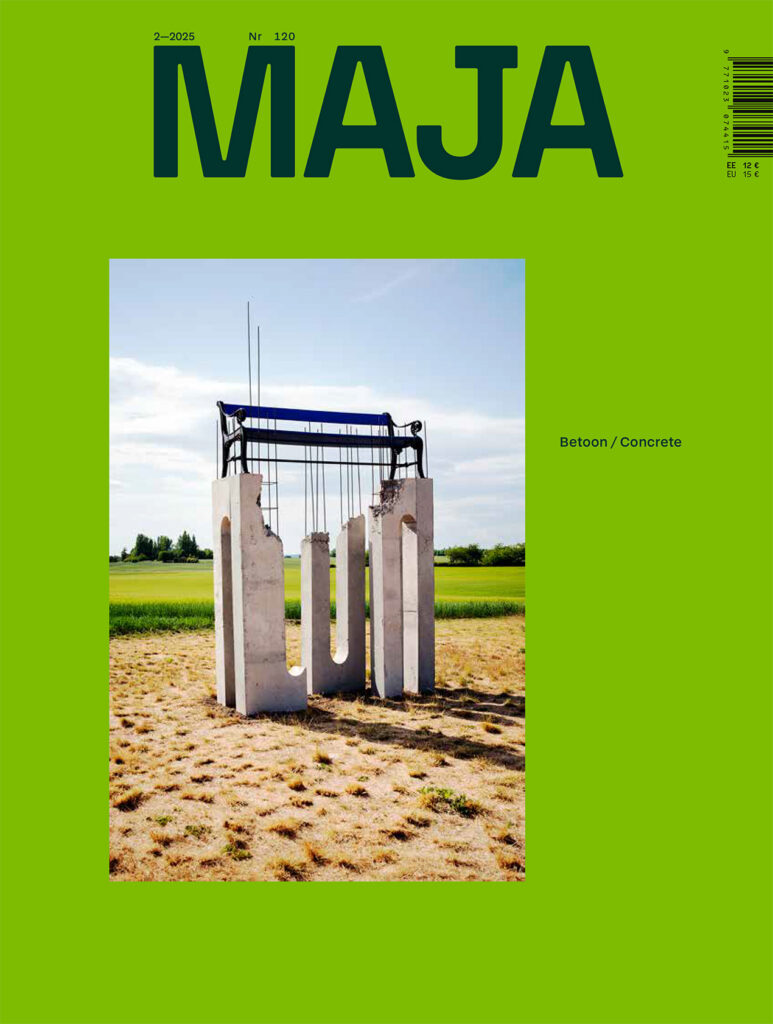SPATIAL DESIGN
‘We had completed our design submission for an architectural design competition. The detailed plan determined the building’s shape, roof pitch, roof height, eave height, the choice of building materials, entrance to the lot, the parking space of its residents and the client also provided us with a specific layout for rooms. We thought we had quite a decent building. Then an architecture student appeared and asked: ‘Well, what is the concept of this building...?’’
Designation of the status of a valuable individual object in a spatial plan could be considered as a reference to an architectural value that should not be unknowingly destroyed and that will be provided with specific conditions upon issuing the building permit or the design provisions.
We do not merely need the spatial policy as a document but also the people to implement it.
What changes will the administrative reform bring to spatial planning as seen from the level of the state? Many decisions made by local governments have an impact on space, so how can we make these decisions more informed?
Acting in accordance with statute of the heritage conservation area in a shrinking city like Valga is impossible. Investing in listed buildings (architectural monuments) and buildings located in heritage conservation areas should be promoted in shrinking cities when the support measures for various fields are developed.
To what extent does the administrative reform correspond to long-term settlement changes and the National Spatial Plan Estonia 2030+?
Distinctive places such as a modest park in Kreenholm district can connect the community by approaching citizens in their own way and encouraging the search for a common ground.
The fate of a shrinking town is greatly influenced by the location and building of the state secondary school. In the course of the process of establishing twenty new state secondary schools, it is only natural to consider what contemporary pedagogy and the respective learning spaces are like.
Estonian culture factories and creative districts yesterday, today and tomorrow.
I am certain that, if we had had to go through the procedure of preparing a detailed plan, we would not have achieved a comparable result. The more time-consuming procedure would probably have yielded a ‘heftier’ solution in terms of urban development as a compensation for the profits lost by undeveloped property. At any rate, the future would have arrived several years later.
Postitused otsas
ARCHITECTURE AWARDS


